Lighthouses that shine on Gran Canaria
Construction of the Maspalomas Lighthouse was a real feat of engineering, so much so that they even had to build a small dock to bring in all the building materials. It is undoubtedly the most photographed lighthouse on Gran Canaria and its surroundings make it even more striking.
You can find it in the south, in the Island´s popular tourist area, and next to the Dunes of Maspalomas Special Nature Reserve, a unique collection of ecosystems protected by law since 1987. The dunes have also been the backdrop to some well-known TV shows and films like Netflix's “The Witcher” or “Clash of the Titans”.
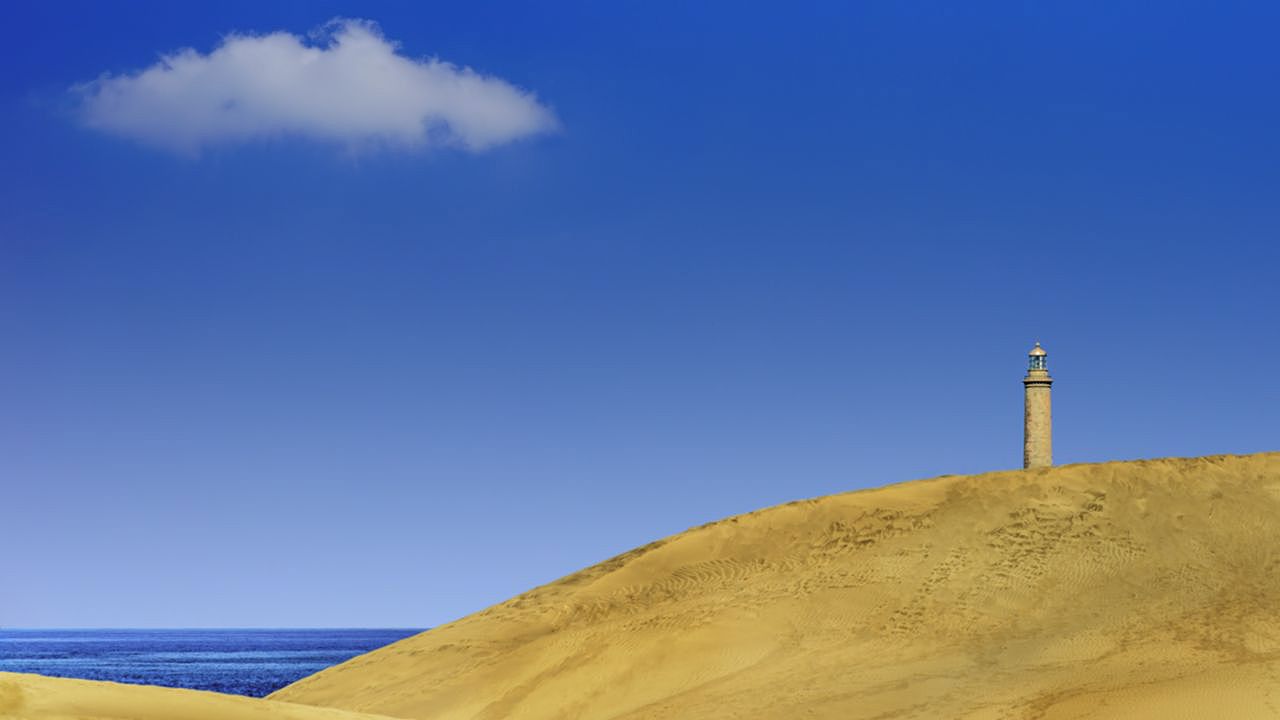
The Maspalomas Lighthouse reopened its doors to the general public in February 2019, after years of renovations, and now everyone can visit and uncover its hidden secrets and feel its magic.
On May 24, 1502, during his fourth voyage to America Christopher Columbus, the Admiral of the Mar Oceana, slept in Maspalomas. He used this stopover to collect firewood and stock up on water. At that time neither the dunes nor the lighthouse existed. What would Columbus thinks about this Maspalomas?

As you travel north from Maspalomas you soon come across Arinaga. Cut through the industrial estate towards the sea and you’ll get to this beautiful coastal town. Once there, you can go for a lovely stroll along its avenue towards the lighthouse, which is further north, just outside the town center.
The Arinaga Lighthouse is on a mound by the sea, surrounded salt-tolerant plants like the sea pineapple, sea uvilla and many more. The old lighthouse was declared of cultural interest (BIC) and close by, in the mountains, there are the remains of old, disused military bases. This Protected Nature Reserve is listed as a Special Conservation Zone (ZEC).
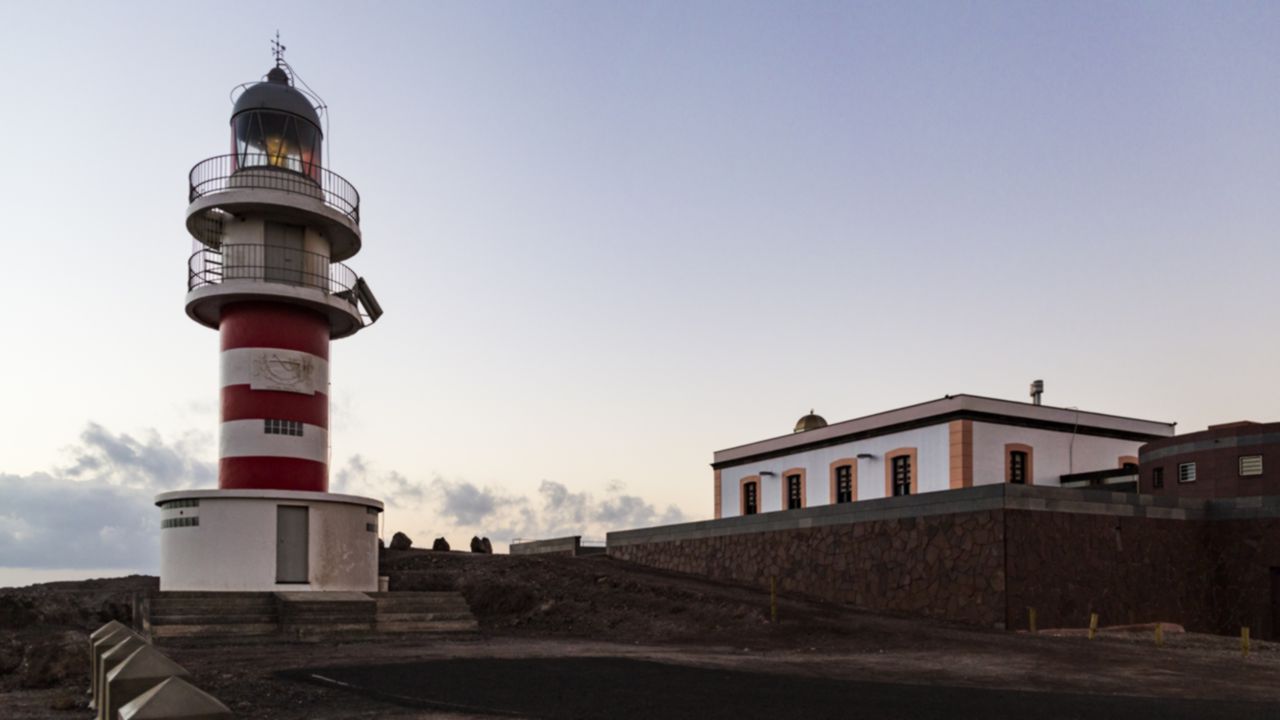
There are, in fact, two lighthouses. One is a typical red and white striped tower, but next to it is the old lighthouse that started working in 1897. It’s worth mentioning that old lighthouse´s lamp was later reused in the new one.
The original lighthouse has been well preserved. In fact, the Agüimes City Council has a project to restore it completely. Keep in mind that this is one of the windiest parts of the island, where trade winds blow for most of the year.
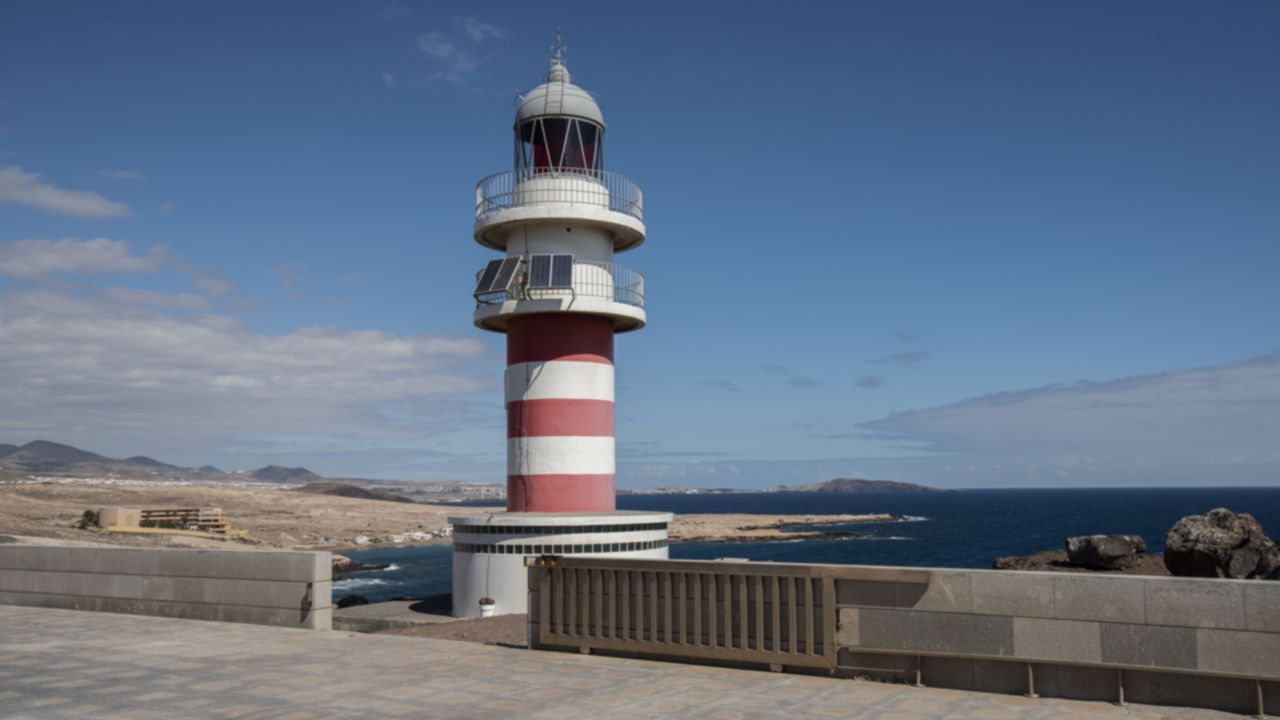
La Isleta Lighthouse is located in the capital of the island, right at the entrance of the Canary Island’s most important port, traditionally called Puerto de La Luz and Las Palmas. Recently however, Puertos del Estado (the National Port Authority) decided to change its official name to the Port of Las Palmas.
It is the second highest lighthouse in Spain. The first is the Punta de la Polacra Lighthouse, in Almería, whose focal height is 281 m above sea level. The lighthouse of La Isleta sits at an altitude of 249m and its light can be seen up to 18 miles from the coast. It was the first lighthouse to be built on the island by the engineer Juan de León y Castillo, who also designed the Puerto de La Luz and Las Palmas. The old construction is not your typical lighthouse, so it is harder to recognize.
Although the lighthouse belongs to the port, it is on La Isleta military base so visits aren’t really allowed but you can see it from the Paseo de Las Canteras. It’s also worth pointing out that it’s been the only lighthouse used for both maritime and air navigation in the Canary Islands since 1967. La Isleta Lighthouse is now fully automated and modern but still remains the silent witness of the port and the city’s history.
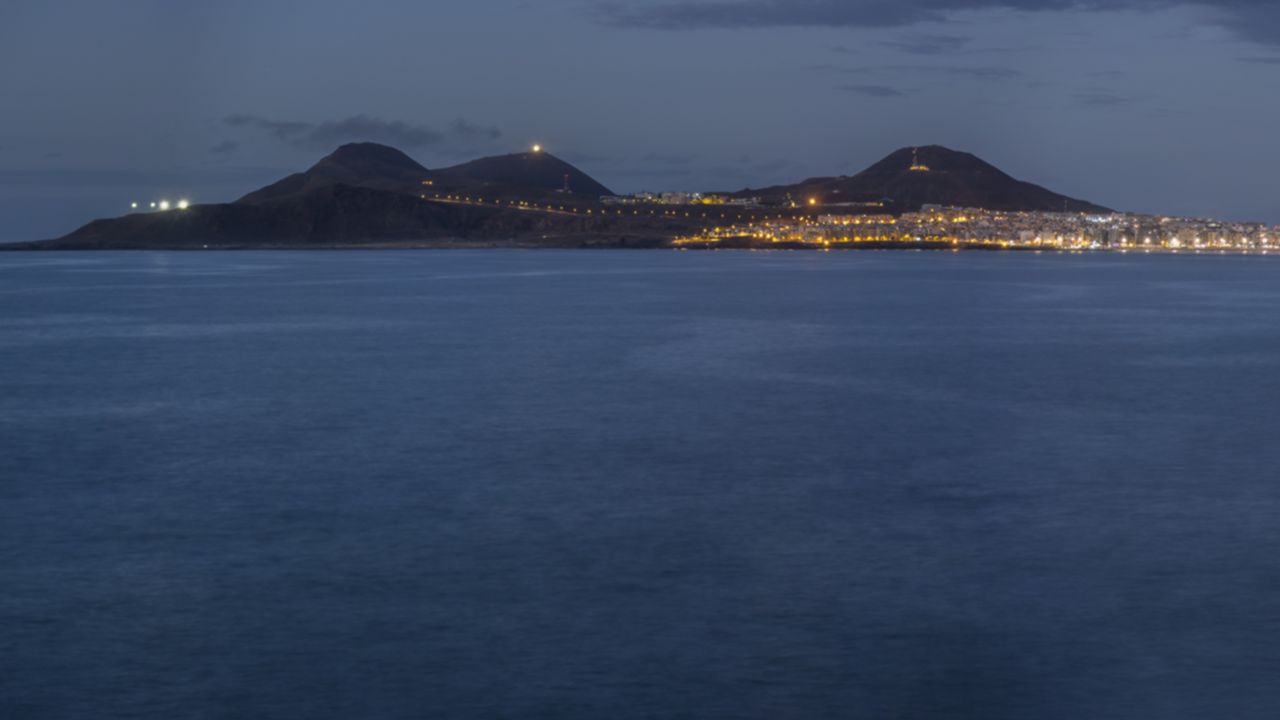
From the capital, we head north on our lighthouse route towards Gáldar. In one of its neighborhoods, Sardina del Norte, there’s a modern cylindrical red and white striped lighthouse. The Sardina Lighthouse is a typical lighthouse that was completed in 1984.
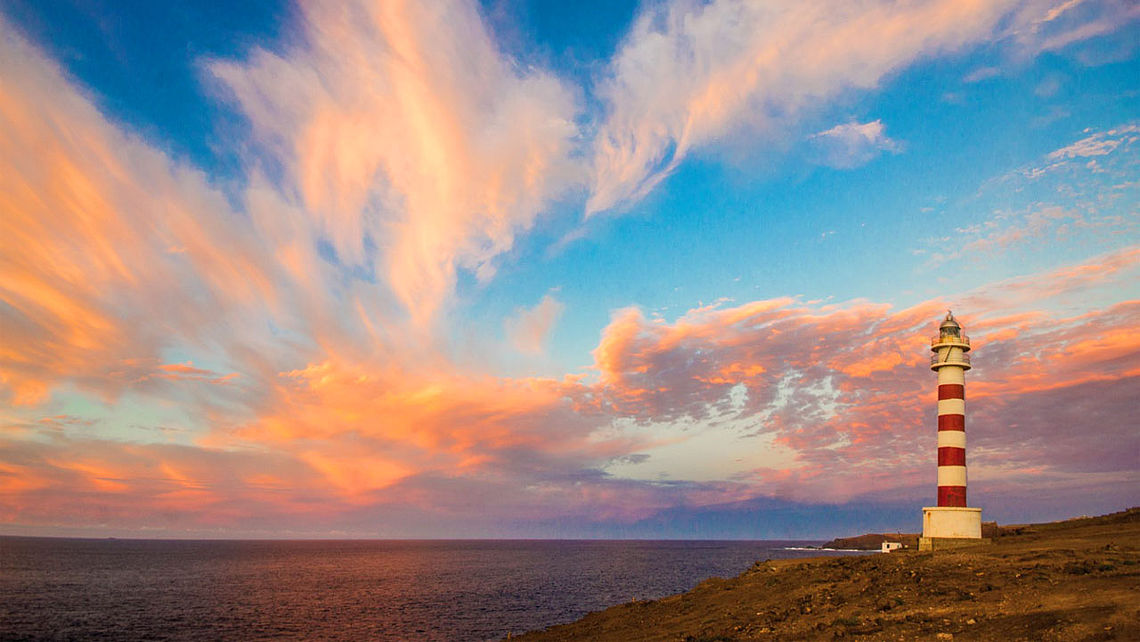
This part of the Island is very enticing with its jagged coastline, crashing waves, and salty air. When the sea rages, the thundering waves crash hard against the rocks and locals and visitors alike flock to where the old lighthouse stood to take photos of this wonderful show.
There are many of these rock pools scattered along the northern coastline, so it’s well worth a visit.

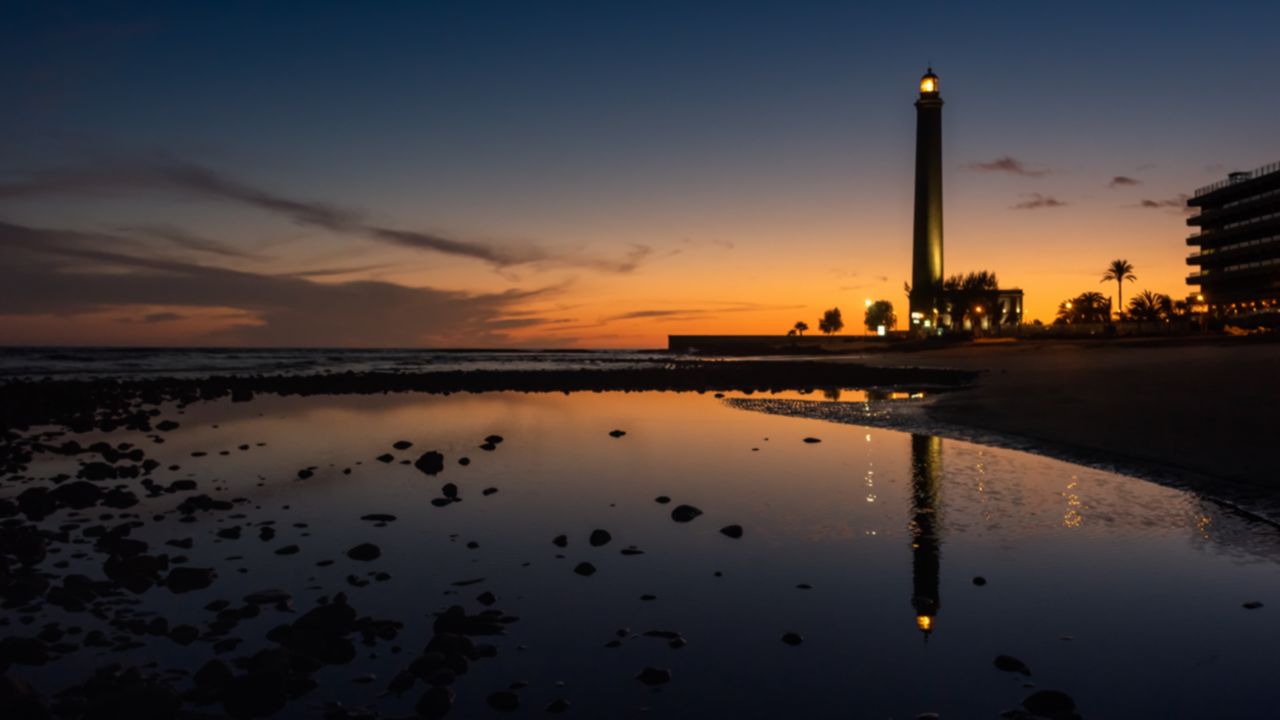
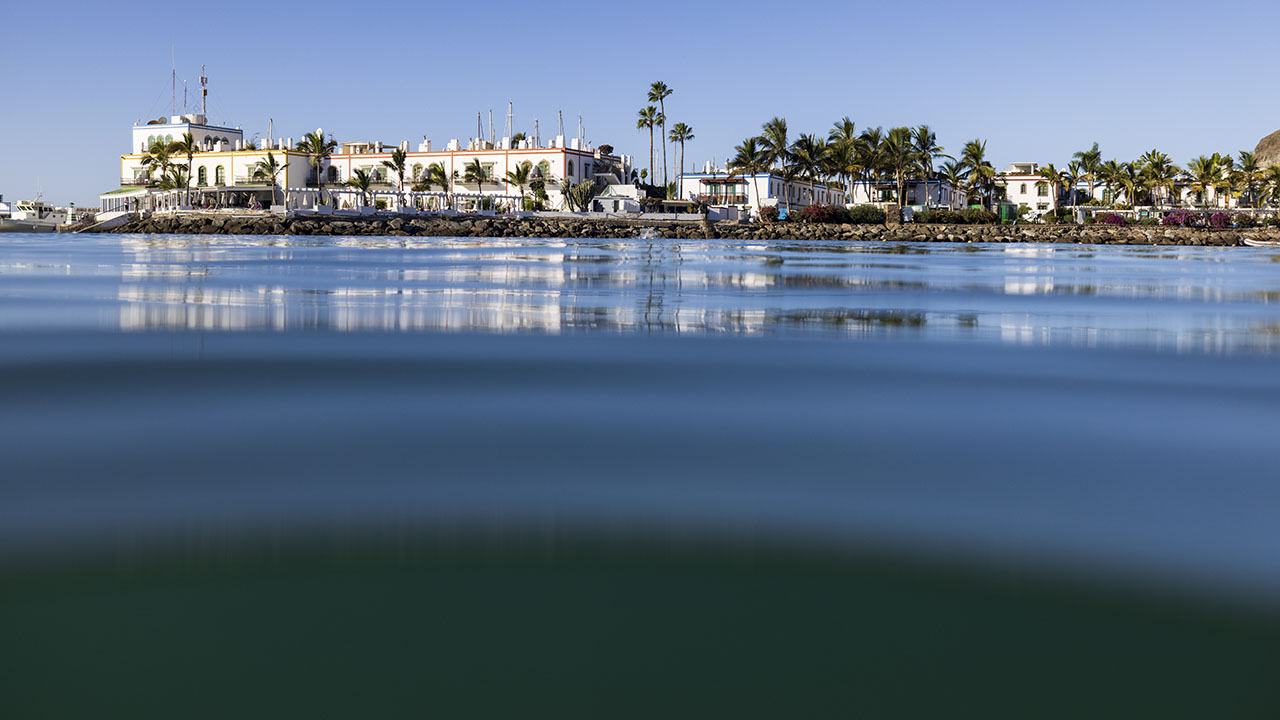
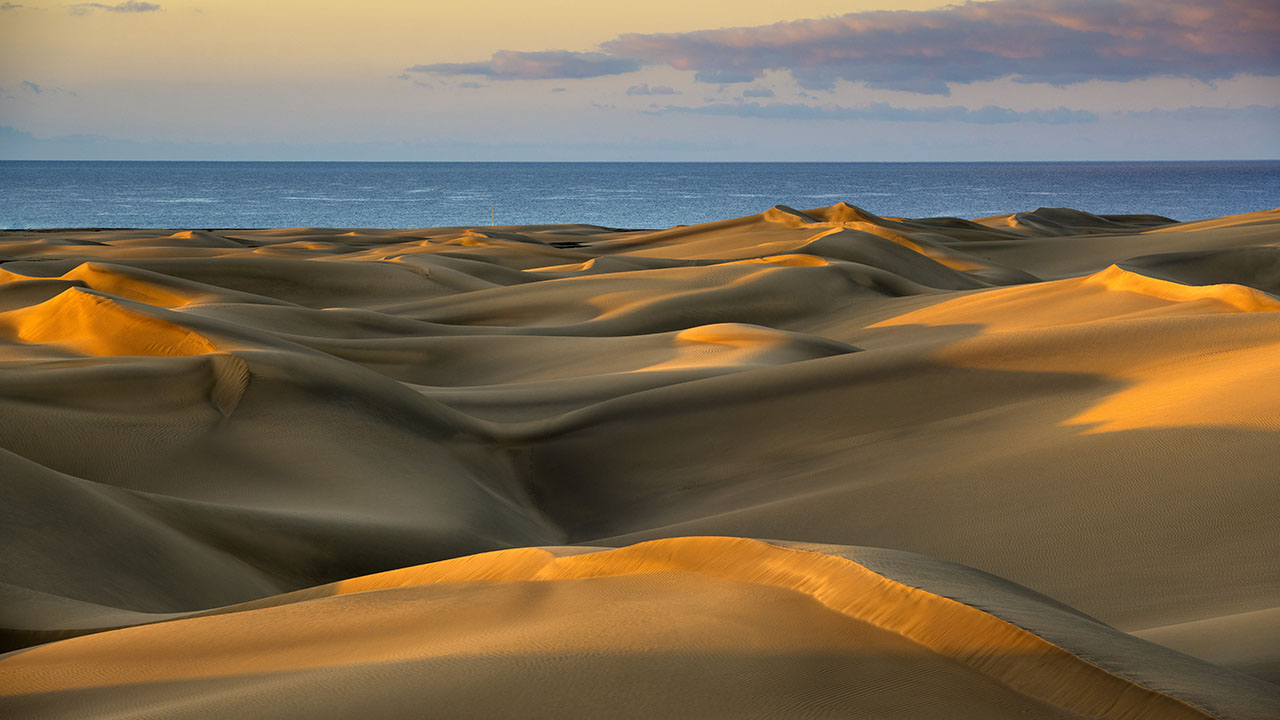
Comments are disabled for this post.